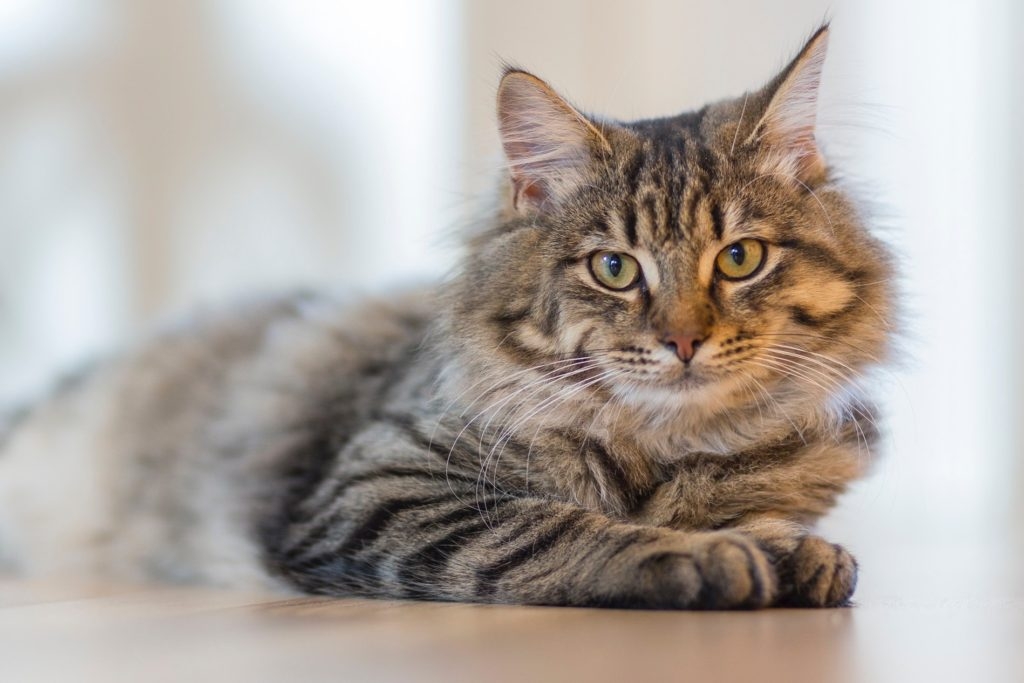I’ve been using a powerful investment app for professionals called The Big Picture. It’s a great tool for exploring the biggest concerns most retirees have:
How much can I spend?
How long will my money last?
But it has also raised an interesting possibility for people with curious pets. It suggests that our late cat, Rocky, would have been very useful as an asset allocator for our retirement money. (I always knew Rocky wasn’t living up to his full potential.)
Cat-based Asset Allocation
Rocky liked to walk on my desk as I worked. He would lie down and put his paws on different pieces of paper. If I’ve interpreted the results of The Big Picture app correctly, I could have written a list of asset classes on those papers and recorded where Rocky placed his paw, building portfolios with his selections.
Don’t laugh.
Not every cat wants to do this. And good luck with other pets. Penny, the rescue Shih Tzu who took Rocky’s place (after years of grieving), is not a candidate for this sophisticated work.
This notion of asset allocation by cat comes from a discovery by the makers of the app. Not that they suggest using a cat. They found that changing the balance of stocks and bonds in a simple stocks/bonds portfolio had a relatively small impact on how long your portfolio survived. But adding more asset classes did.
The benefits of random selection
As they put it: “We constructed two multi-asset portfolios completely at random (their italics), then back-tested them in the Big Picture app to see how retirees would have fared with each. The results are surprisingly positive.”
Their simple portfolio had only an 87 percent probability of surviving 30 years. It assumed a typical 4 percent inflation-adjusted withdrawal rate. But their two random portfolios showed survival rates of 98 percent and 99 percent. That’s a big difference for the No. 1 worry retirees face.
Can you see how important your cat could be?
How investment costs affect portfolio survival
Curious, I then tested the survival odds of a simple 60/40 stocks/bonds portfolio against a more diversified 60/40 portfolio at different levels of management expenses.
The result was very similar to the researchers’. At each level of expense, adding different asset classes, such as small-cap stocks or international stocks, worked to increase the probability that you’d be able to sustain an inflation-adjusted spending rate for at least 30 years.
If you invested in the lowest cost index funds, for instance, your survival odds increased from 96 percent to 100 percent. If you were paying a total of 1.1 percent for investment advice, having a more diverse portfolio increased your survival probability from 85 percent to 96 percent.
In other words, if you paid an adviser 1 percent to select index funds, you’d have the same odds of portfolio survival, 96 percent, as you would have if you didn’t have any help and kept your portfolio simple. (See table below.)
Investment Costs versus Greater Asset Allocation |
||
| This table compares the probability of 30-year portfolio survival with a 4 percent inflation-adjusted withdrawal rate under different levels of total management expense and at both a simple two-asset class portfolio and a more complex asset allocation with three equity asset classes. | ||
| Total Management Expense | 60/40 Simple Stocks/Bonds | 60/40 Diversified Stocks/Bonds |
| 0.1% | 96% | 100% |
| 0.5% | 91% | 99% |
| 1.0% | 86% | 97% |
| 1.1% | 85% | 96% |
| 1.5% | 80% | 87% |
| 2.0% | 71% | 78% |
| Source: https://www.bigpicapp.co/bigpicapp/home | ||
Now let’s consider our choices.
— We can go it alone. We keep it really simple by having a dirt-cheap 60/40 portfolio that we manage ourselves. This will give us a 96 percent chance of portfolio survival for 30 years.
— We can find an investment adviser.As long as we keep total expenses to 1.1 percent or less, we’ll have a 96 percent probability, or better, of portfolio survival for 30 years. Pay more, however, and the probability sinks rapidly.
— We can have a cat make the additional asset class selections from low-cost index funds. If we do that, we’ll keep expenses at the 0.1 percent level and increase the probability of portfolio survival to 100 percent.
This suggests that having a cat do your asset allocation would be more beneficial than having a financial adviser.
Making a fair comparison
No doubt, some financial advisers will accuse me of an unfair comparison. They will do this because I should also have considered the cost of the cat.
They aren’t cheap. But they cost far, far less than any investment adviser I’ve met over the last half century. You could, in fact, spend up to 1 percent of your retirement money on your cat each year. You would still be no worse off than having an adviser who costs that much.
I think it’s a good bet the cat will cost less, veterinarian bills notwithstanding.
Related columns:
Scott Burns, “The Longevity of the Couch Potato Portfolio,” 2/9/19
https://scottburns.com/the-longevity-of-the-couch-potato-portfolio/
Scott Burns, “Can Couch Potato Investing Do Better than the Teachers Retirement System of Texas?”, 9/16/2018 https://scottburns.com/couch-potato-investing-versus-texas-state-pension-funds/
Scott Burns, “Index Investing – It’s way more than a gentleman’s “C”, 9/28/2018 https://scottburns.com/index-investing-its-way-more-than-a-gentlemans-c/
Sources and References:
The Big Picture App: https://www.bigpicapp.co
This information is distributed for education purposes, and it is not to be construed as an offer, solicitation, recommendation, or endorsement of any particular security, product, or service.
Photo: Photo by Inge Wallumrød from Pexels
(c) Scott Burns, 2019
